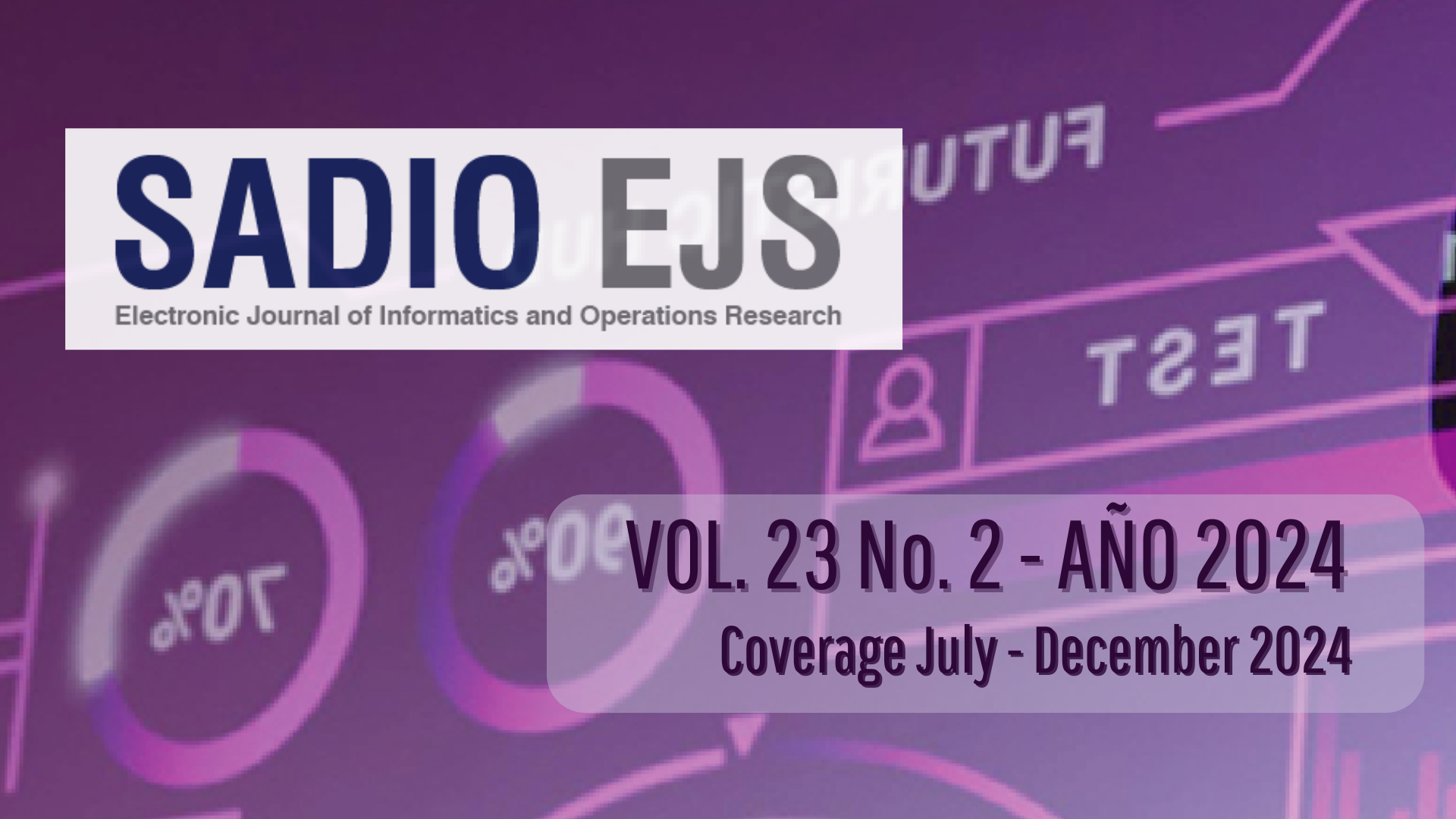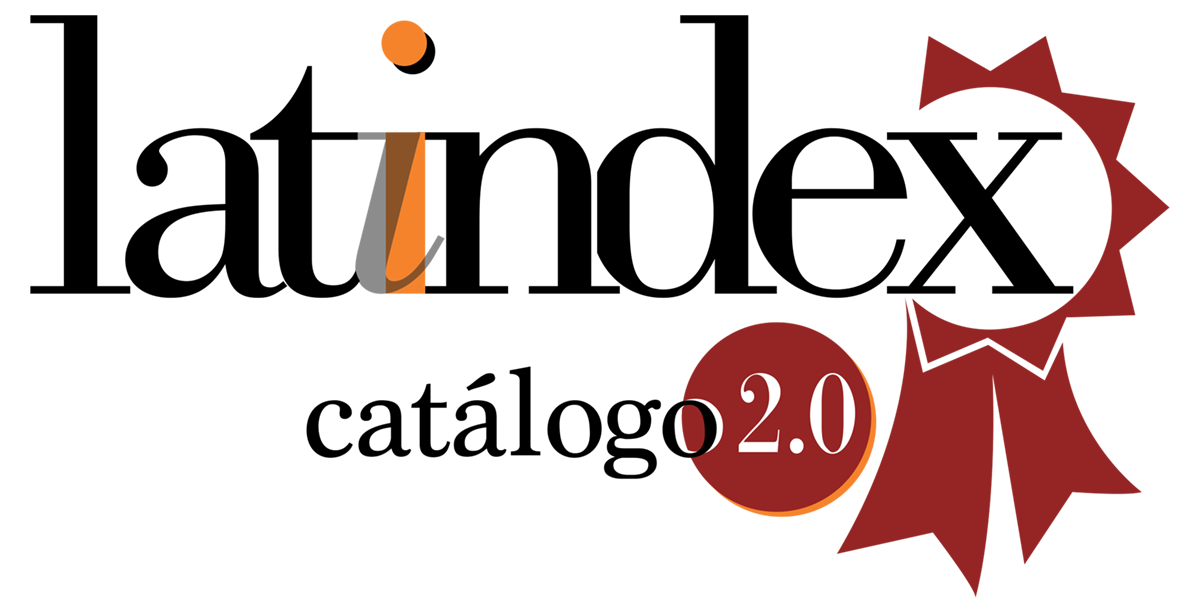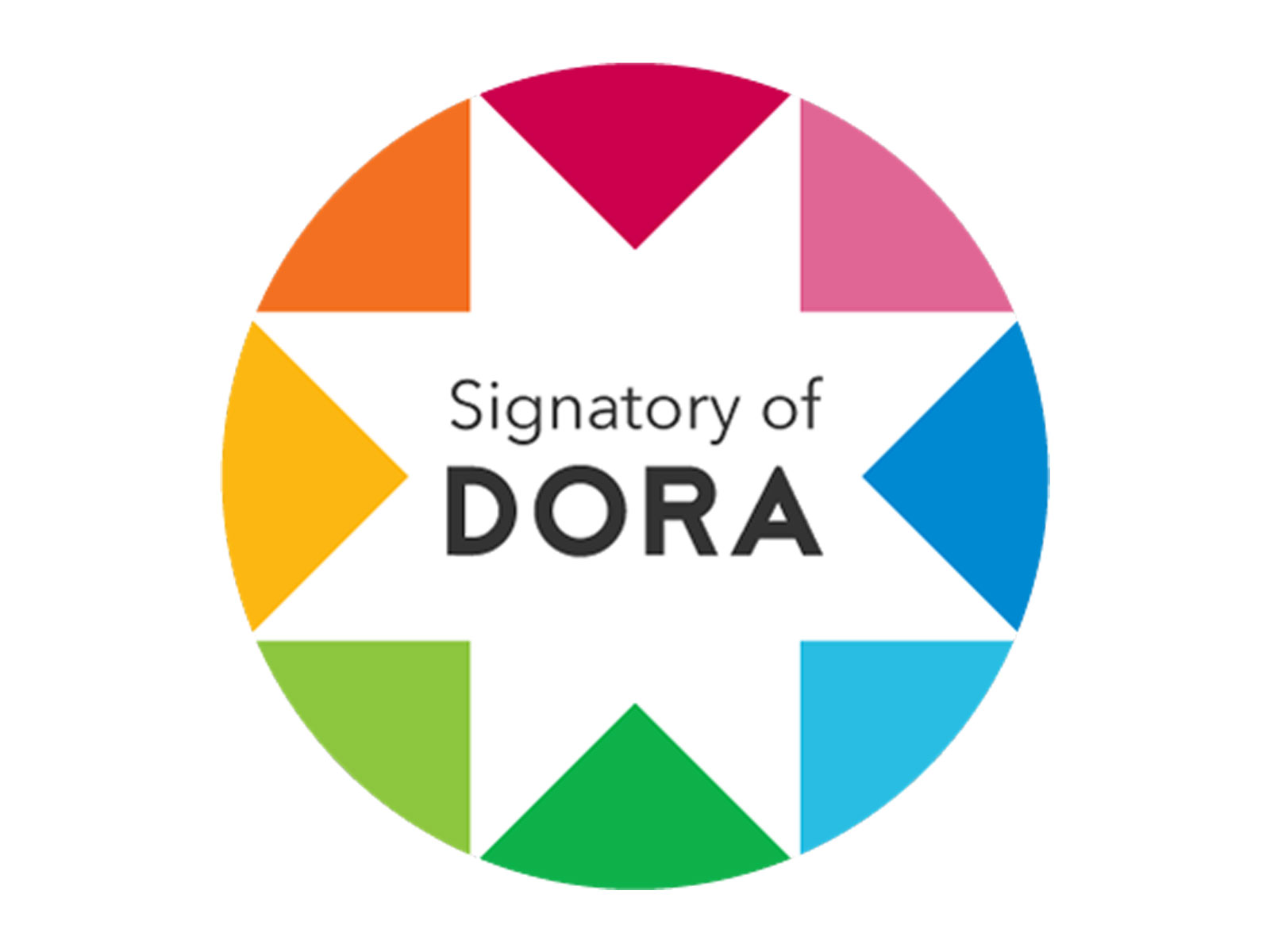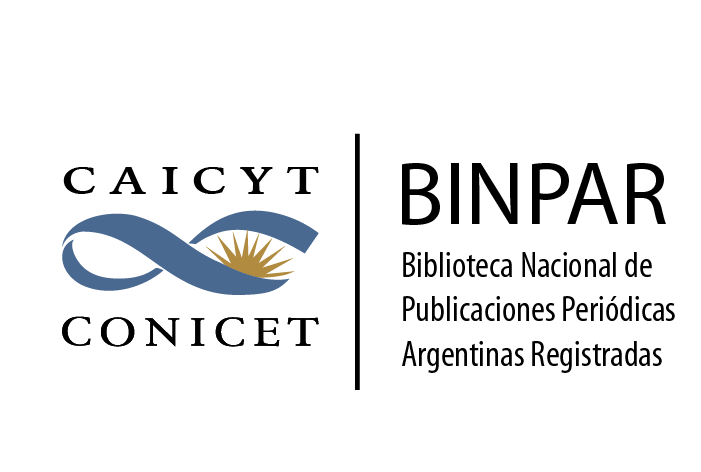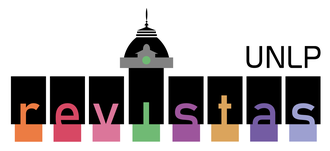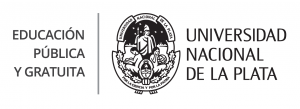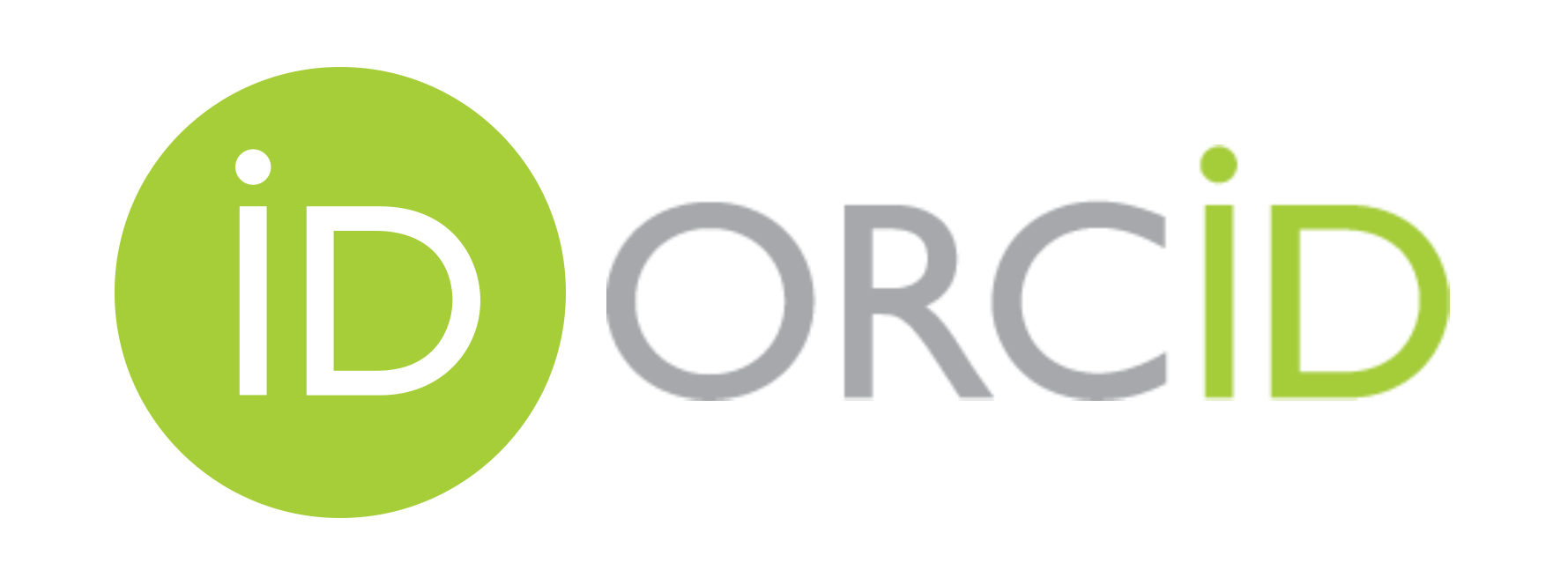Mechanized Documentation Group (UBA): Library Science and Documentation facing the coming of computers in the late 1960s in Argentina
DOI:
https://doi.org/10.24215/15146774e058Keywords:
Mechanized Documentation Group, University of Buenos Aires, Computing History, Library Science, Information ScienceAbstract
This paper presents advances about a historical research about the activities of the Mechanized Documentation Group, formed by librarian’s researchers of the Librarianship career the University of Buenos Aires (UBA), the Library Science Institute (UBA), the Calculation Center (National Technological University, Buenos Aires) and the Center for Research and Application of Computer Science (UBA). From workplan and published results of the Mechanized Documentation Group, initial questions formulated for computer applications in the Argentine library field are acknowledged. It is possible to identify on these first reflections by professionals of Library Science and Documentation, the constitution of a solid basis for the development of Information Science in the last decades of the 20th century.
Downloads
Downloads
Published
Issue
Section
License
Copyright (c) 2024 Pamela Gionco, Leonardo Silber

This work is licensed under a Creative Commons Attribution-NonCommercial-ShareAlike 4.0 International License.
Those authors who have publications with this journal, agree with the following terms:
a. Authors will retain its copyright and will ensure the rights of first publication of its work to the journal, which will be at the same time subject to the Creative Commons Atribución-NoComercial-CompartirIgual 4.0 Internacional (CC BY-NC-SA 4.0) allowing third parties to share the work as long as the author and the first publication on this journal is indicated.
b. Authors may elect other non-exclusive license agreements of the distribution of the published work (for example: locate it on an institutional telematics file or publish it on an monographic volume) as long as the first publication on this journal is indicated,
c. Authors are allowed and suggested to disseminate its work through the internet (for example: in institutional telematics files or in their website) before and during the submission process, which could produce interesting exchanges and increase the references of the published work. (see The effect of open Access)

